Flexural Strength In Advanced Materials
Introduction to Flexural Strength
The flexural strength, also known as bending strength or modulus of rupture, is an essential property of materials that measures their capacity to withstand bending loads without failure. It serves as a key factor in determining the durability and performance of materials used in structural and load-bearing applications.
Flexural strength is defined as the maximum stress that a material experiences when subjected to a bending load before failure. This property is particularly important for advanced materials such as ceramics, composites and technical polymers, which find use in sectors ranging from aerospace to healthcare.
Flexural Strength of Common Materials
Flexural strength varies significantly among different materials. Some of the most common materials and their approximate flexural strengths are:
- Metals: Metals such as steel and aluminium generally exhibit relatively high flexural strength. For example, structural steel has a flexural strength between 250 and 700 MPa, while aluminium alloys typically range between 150 and 300 MPa.
- Polymers: Most thermoplastic and thermosetting polymers display considerably lower flexural strength than metals, with values typically between 50 and 150 MPa. High-performance polymers, such as PEEK (Polyetheretherketone), can, however, attain significantly higher values.
- Composites: The flexural strength of composites largely depends on their constituent materials and the quality of the manufacturing process. Carbon fibre-reinforced composites can exhibit flexural strengths exceeding 1 000 MPa, whereas glass fibre-reinforced composites usually range between 200 and 500 MPa.
- Ceramics: Ceramics are recognised for their high hardness and wear resistance, although they tend to be brittle. Their flexural strength can vary considerably, with traditional ceramics such as aluminium oxide typically ranging between 100 and 500 MPa.
Flexural Strength of Zirconium Dioxide
Zirconium Dioxide (ZrO₂) is a ceramic material noted for its high strength, toughness and thermal stability. It is used in applications such as dental implants, cutting tools and structural components in aerospace as well as in the energy sector. The flexural strength of zirconium dioxide is among the highest for ceramics and lies, depending on its phase and processing, between 800 and 1 200 MPa.
Its flexural strength is influenced by factors such as the specific formulation (for instance, partially stabilised or fully stabilised zirconium dioxide) and its microstructure. The tetragonal phase, stabilised with agents like yttrium oxide, offers greater strength and toughness than its monoclinic counterpart. Grain size, porosity and the presence of impurities also affect the flexural strength of zirconium dioxide.
Flexural Strength of Silicon Nitride
Silicon Nitride (Si₃N₄) is another advanced ceramic material, utilised in high-performance applications such as turbine engines, bearings and cutting tools. It is known for its excellent mechanical properties, including high strength, fracture toughness and resilience against temperature fluctuations. The flexural strength of silicon nitride generally lies between 700 and 1 500 MPa, depending on its composition and processing technique.
The microstructure of silicon nitride plays a significant role in determining its flexural strength. Factors include the type of phase (α- or β-Silicon Nitride) and grain size. Fine-grained silicon nitride, particularly when reinforced with secondary phases such as yttrium oxide or aluminium oxide, can exhibit increased flexural strength and enhanced crack resistance. Moreover, the sintering process and control of impurities are critical for achieving optimal performance.
Factors that Influence Flexural Strength
Flexural strength can be affected by various factors, including:
1. the Material Composition: The type and ratio of materials in a composite or alloy can significantly affect its flexural strength. For example, in ceramics such as zirconium dioxide, the addition of stabilising agents like yttrium oxide increases both flexural strength and toughness.
2. the Microstructure: Grain size, porosity and the presence of defects or impurities affect a material’s ability to resist bending forces. Finer grain sizes tend to enhance mechanical properties, whereas high porosity and defects reduce strength.
3. the Processing Techniques: Fabrication conditions – such as sintering temperature, cooling rate and forming methods – can influence the microstructure and thereby affect flexural strength. Components made from zirconium dioxide and silicon nitride that are sintered at higher temperatures usually exhibit enhanced flexural strength.
4. the Environmental Conditions: Temperature, humidity and the presence of corrosive substances can influence the flexural strength of materials, particularly ceramics and composites. Given that zirconium dioxide may undergo phase transformations under certain conditions, its strength may consequently diminish.
5. the Load Conditions: The manner in which a material is loaded – whether under static or dynamic conditions – can influence its performance. Some materials, specifically ceramics, perform adequately under slowly applied, constant loads but may fail when subjected to rapid or cyclic loading.
Frequently Asked Questions
What is the difference between flexural strength and tensile strength?
Tensile strength measures the ability of a material to resist tensile or elongation forces, whereas flexural strength quantifies its capacity to resist bending forces. Although the two are related, flexural strength involves a more complex stress distribution and is a critical parameter in applications where bending is the primary load.
Can flexural strength be improved?
Yes, flexural strength can be enhanced by modifying the material through changes in composition, microstructure or processing conditions. In ceramics, using stabilising agents and sintering at optimal temperatures increases flexural strength substantially. In addition, reinforcement with materials such as carbon fibres or the addition of secondary phases in composites can improve performance.
Is there a relationship between flexural strength and toughness?
Flexural strength refers to a material’s capacity to resist bending forces, whereas toughness denotes its ability to absorb energy and deform without fracture. Although materials with high flexural strength may have adequate toughness, this is not always the case, as certain high-strength materials (for example, brittle ceramics) may display low toughness. Optimising both properties requires careful material design.
How does temperature affect flexural strength?
Temperature can significantly affect flexural strength, particularly in materials such as ceramics and composites. At elevated temperatures, some materials like zirconium dioxide may undergo phase transformations that reduce their strength. Conversely, materials such as silicon nitride may retain their strength even when exposed to higher temperatures.

 Bars
Bars
 Beads & Spheres
Beads & Spheres
 Bolts & Nuts
Bolts & Nuts
 Crucibles
Crucibles
 Discs
Discs
 Fibers & Fabrics
Fibers & Fabrics
 Films
Films
 Flake
Flake
 Foams
Foams
 Foil
Foil
 Granules
Granules
 Honeycombs
Honeycombs
 Ink
Ink
 Laminate
Laminate
 Lumps
Lumps
 Meshes
Meshes
 Metallised Film
Metallised Film
 Plate
Plate
 Powders
Powders
 Rod
Rod
 Sheets
Sheets
 Single Crystals
Single Crystals
 Sputtering Target
Sputtering Target
 Tubes
Tubes
 Washer
Washer
 Wires
Wires
 Converters & Calculators
Converters & Calculators
 Write for Us
Write for Us
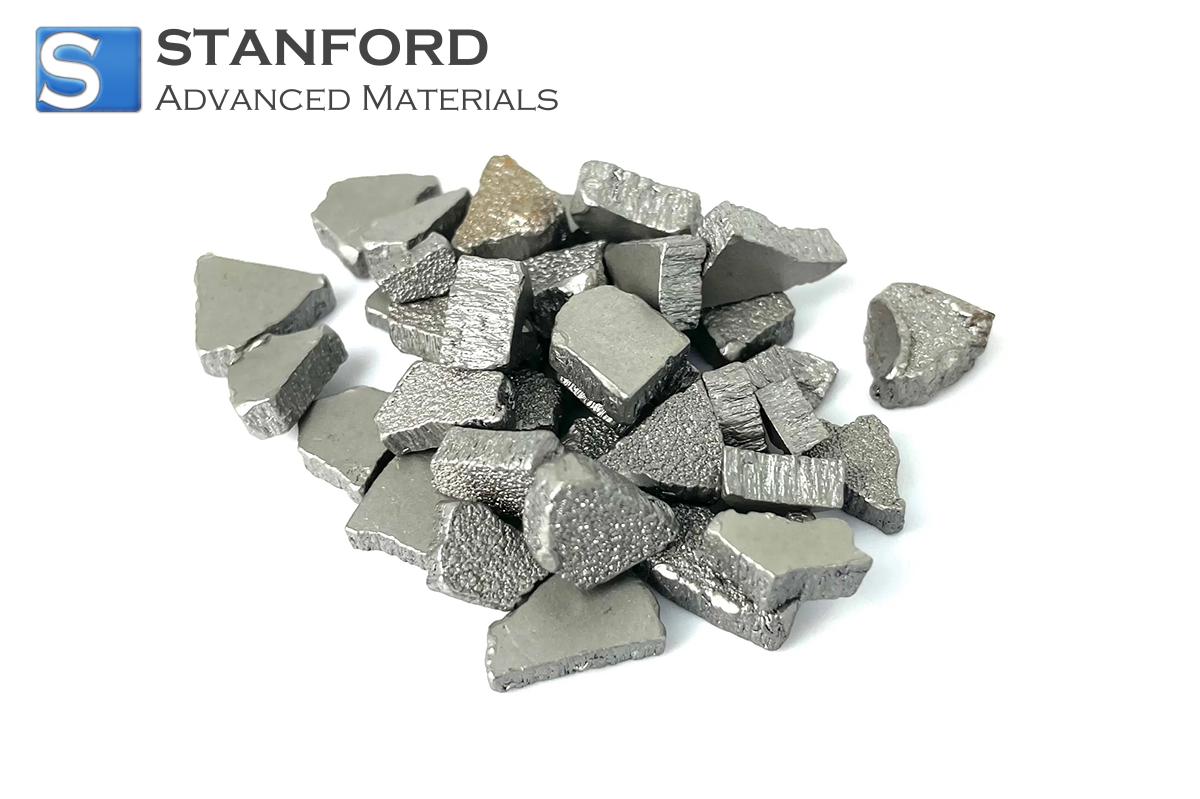
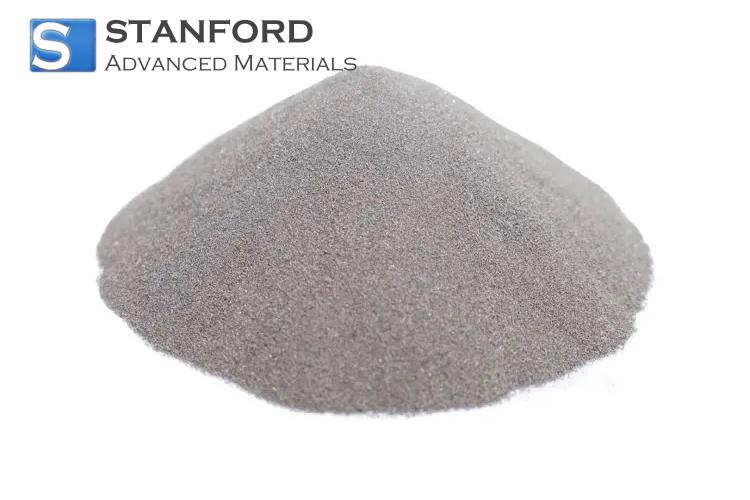
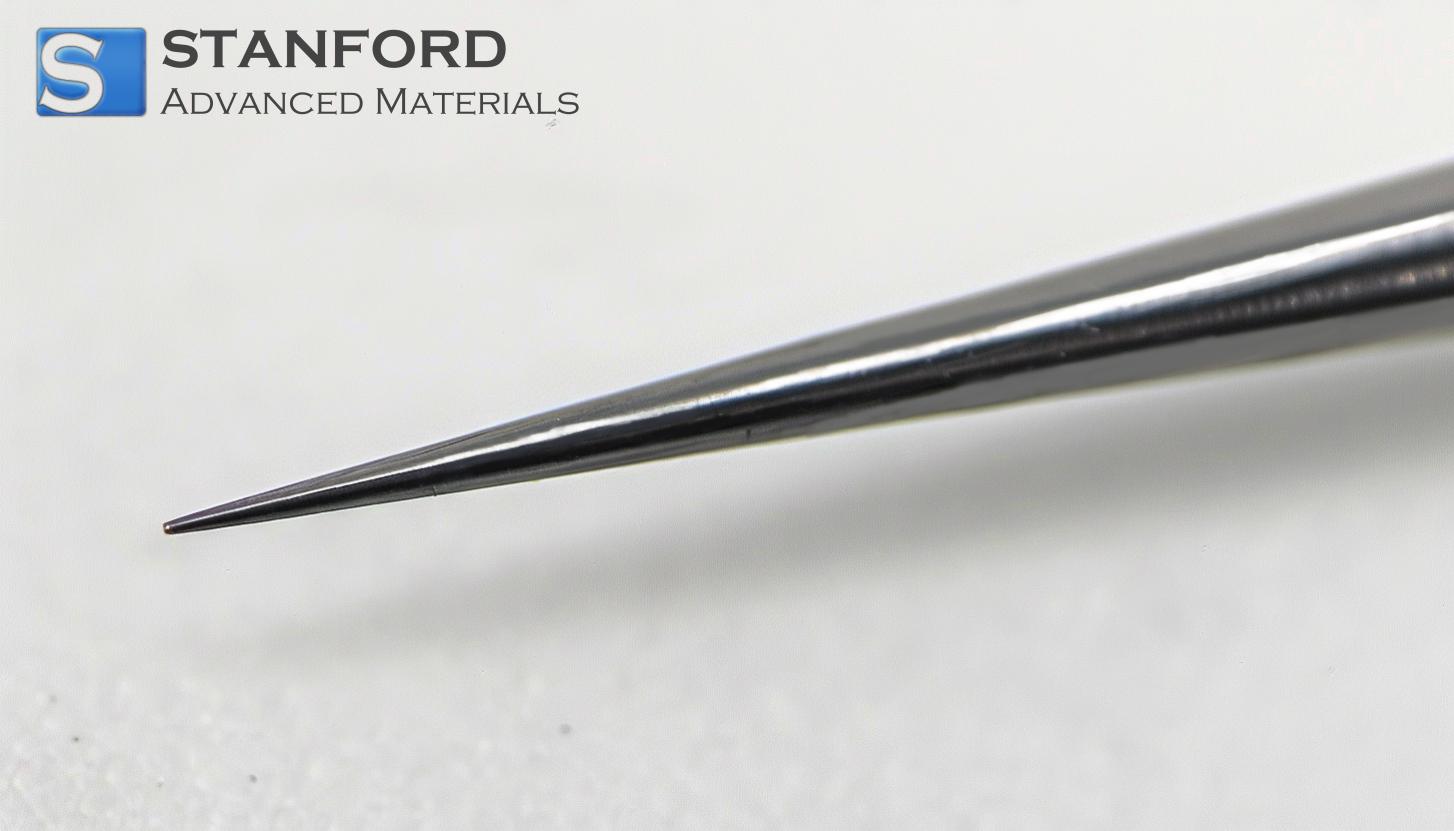
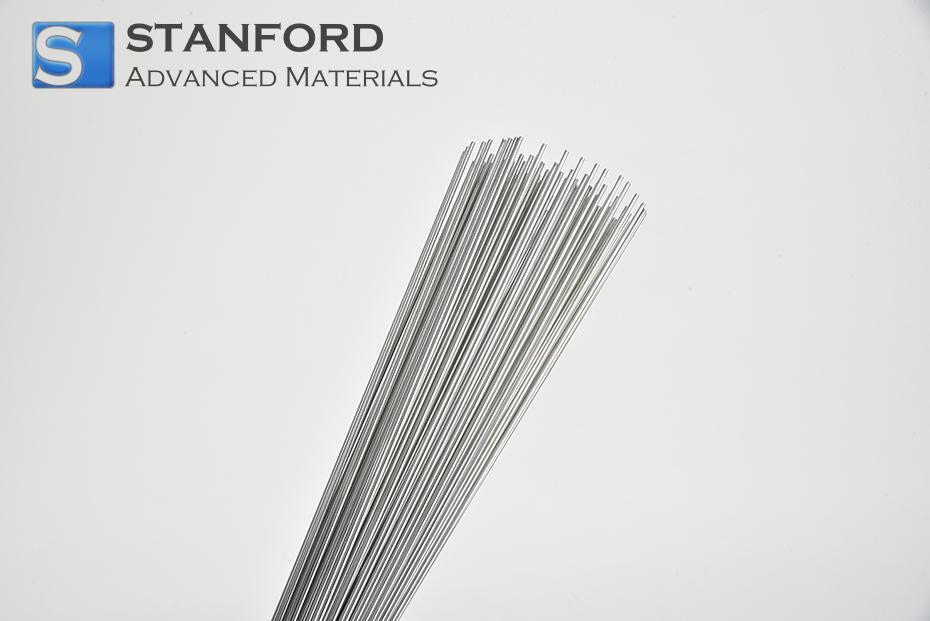
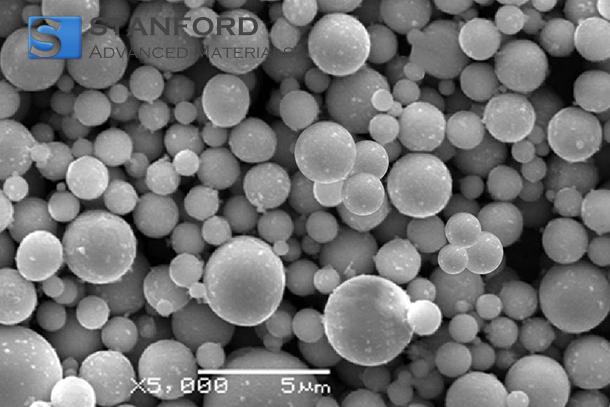
 Chin Trento
Chin Trento



